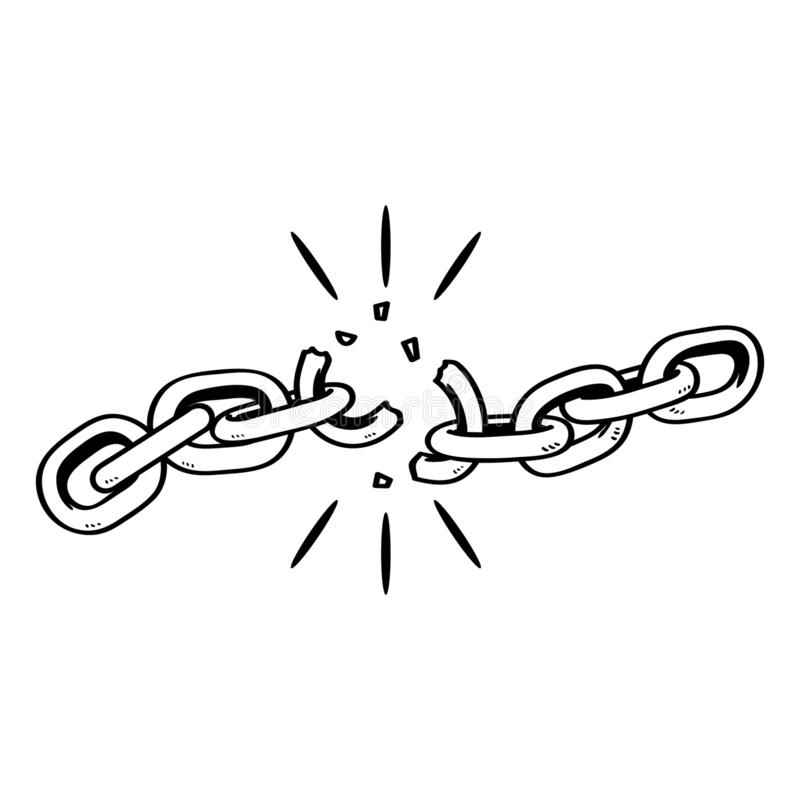The break in the chain

You might have heard of the ‘marshmallow experiment’. The one where researchers give children a marshmallow. The children are told they can eat their marshmallow now or if they can wait until the researcher returns to the room, they will be rewarded with two marshmallows. Follow up with the children, years later, shows that those who display ‘delayed gratification’ are more successful across the board than those who sacrificed the greater reward for immediate pleasure. You might not have heard, though, of a subsequent study. Researchers set out to determine the extent to which prior learning is playing a role in a child’s ability or willingness to wait. The experiment was repeated but, this time, before the child was told about the marshmallow, they were put in a room with some mediocre pencils and paper and asked to create a picture. The researcher said to the child ‘I’ll go and get you some better pencils just wait a moment’. For half of the children, the researcher returned with a great set of colours. For the other half the researcher did not come back at all or returned empty handed. Unsurprisingly, when the marshmallow experiment was then carried out, the children, for whom the researcher did not honour their word, ate the single marshmallow straight away. It made no sense for them to wait based on what they had learned - that people do not return or do not do what they say they will do. We can label and differentiate between those two different groups of children - those for whom delayed gratification is possible and those for whom it was not, as though the former group has something special about it. But really, all we are differentiating is between what has been learned and what makes sense to do on that basis. If a child has been let down, deprived, surrounded by un-trustworthy adults, it makes no sense to trust. The obvious, sensible action is to take what is there right now because it is believed there will never be another chance to do so. Although we are born with genetic differences, over and over again we see the role of environment, of learning, of assimilation in how those genes are expressed in language, capacity, intellect, behaviour, mental and physical health… How we have learned to behave makes absolute sense given what we have learned. And it will continue to make sense as long as the internalised reality remains. And while it remains, this internalised reality IS reality, it is what is seen ‘out there’, it is what is experienced, it is what we believe ourselves to be. This internalised conditioning runs deep. No matter how much we rail against the attitudes of others it is our own beliefs that ultimately restrict us most. A study by Steele, Aronson and Spencer found that when black students were asked to record their race prior to taking a test they did less well than white students. When race was not mentioned the two groups performed equally well. Similarly, they found that women, even those who were top performers in maths, did worse than men on a test when told that the test had shown gender differences. When no mention of gender was made there was no gender difference. The conclusion of the researchers was that gender and racial stereotypes are so ingrained that the mere mention of race or gender is enough to bias that behaviour in favour of the stereotype. Our capacity, our intellectual ability, our behaviour, the reality of our self and experience are being continually limited in ways that are deeply unconscious and which the conscious mind would refute as impossible. We are on high alert against threats that are long gone. We cannot see options and opportunities because they don’t exist in our belief structure. We are limited because we have learned we are limited. Our habits, addictions, reactions, tendencies, associations and beliefs are running the show without even being seen. And our conditioning becomes other people’s conditioning. We unquestioningly hand down beliefs to our children. We unconsciously tell other people how they can treat us by what we accept even when we protest consciously against their behaviour. Every word and action that comes from us into the world contains the possibility of influence and impact on the way others think and behave. All of this is happening because there is no controlling, deciding, independent self. There is just a learned and continuously learning system. An on-going programme. And ironically this realisation is our freedom. Seeing the impossibility of free-will, of free-choice is liberation. Because this is the end of justifying our thoughts, behaviours, words and actions, identifying with them, defending them, blaming self or other for them. They are not us. What we are is the space in which all this arises. We are the neutral presence that witnesses this. We are the intelligence of life that is tuned into and responsive to all information. And as these words and actions are witnessed, they become information back into the system. (This is what I call ‘no-self accountability’). Information that makes transparent what is believed, what might have gone unquestioned our entire life, what is projected out into an ever-repeating Groundhog Day reality. This visibility is the beginning of the end of that part of the programme. It means that the unconscious, unseen, unknown, all-powerful dictator is being transformed into what it always really was - simply information. In this way, a conditioning of lack and separation, no matter how unconscious it was, how deeply held, how believable, no matter the generations upon generations that handed it down, loses its grip. It ends here within us. That is the beginning of freedom. That is the break in the chain.
0 comments
Leave a comment
Please log in or register to post a comment